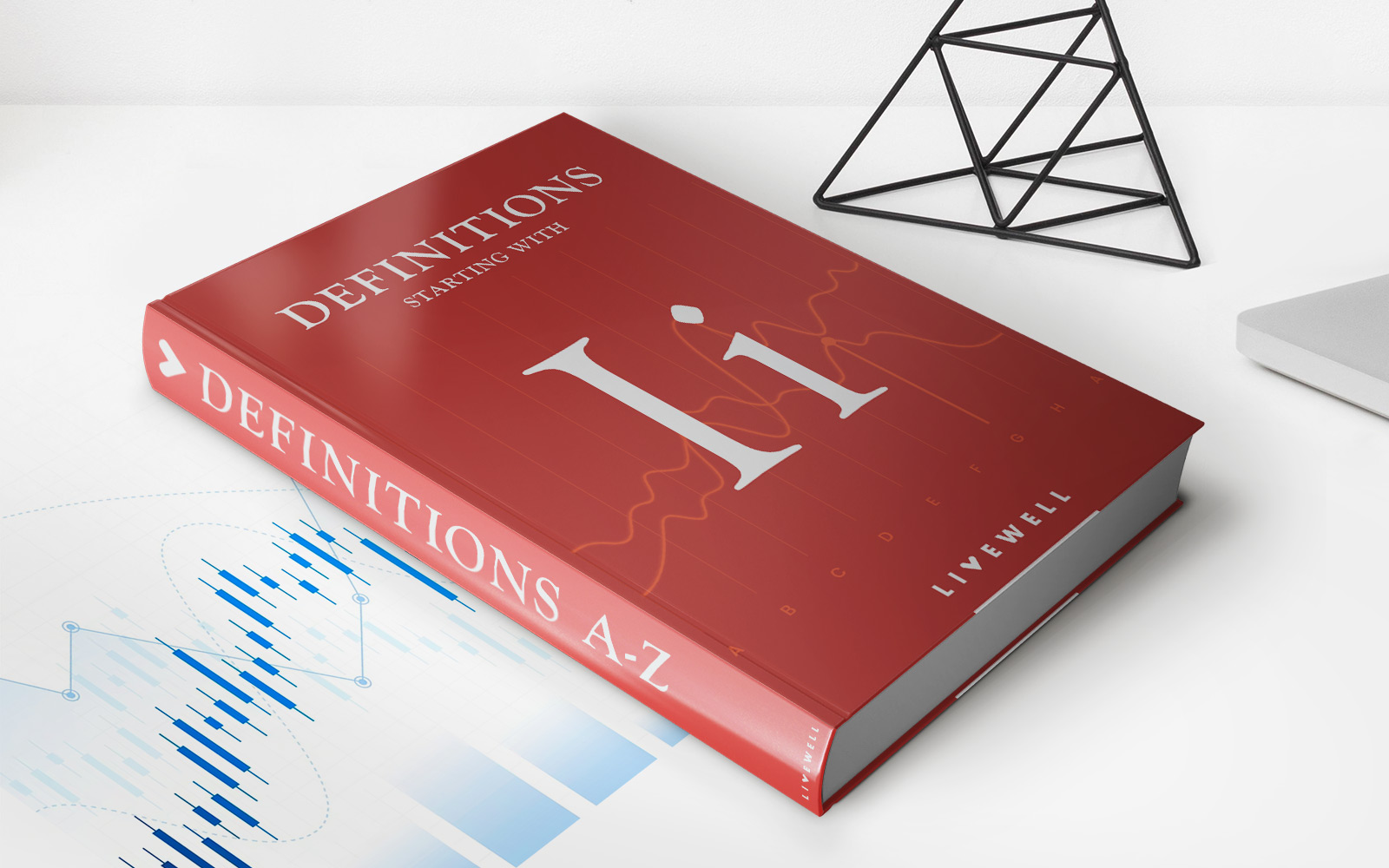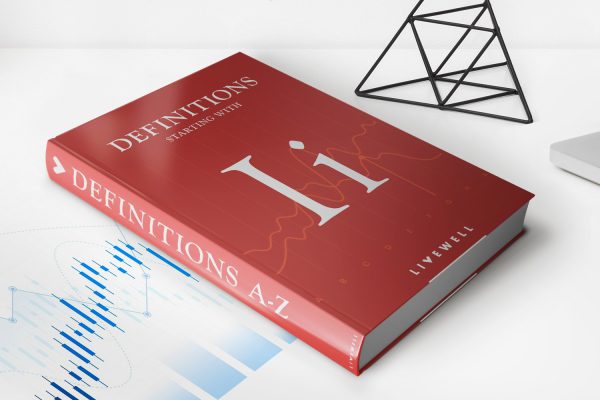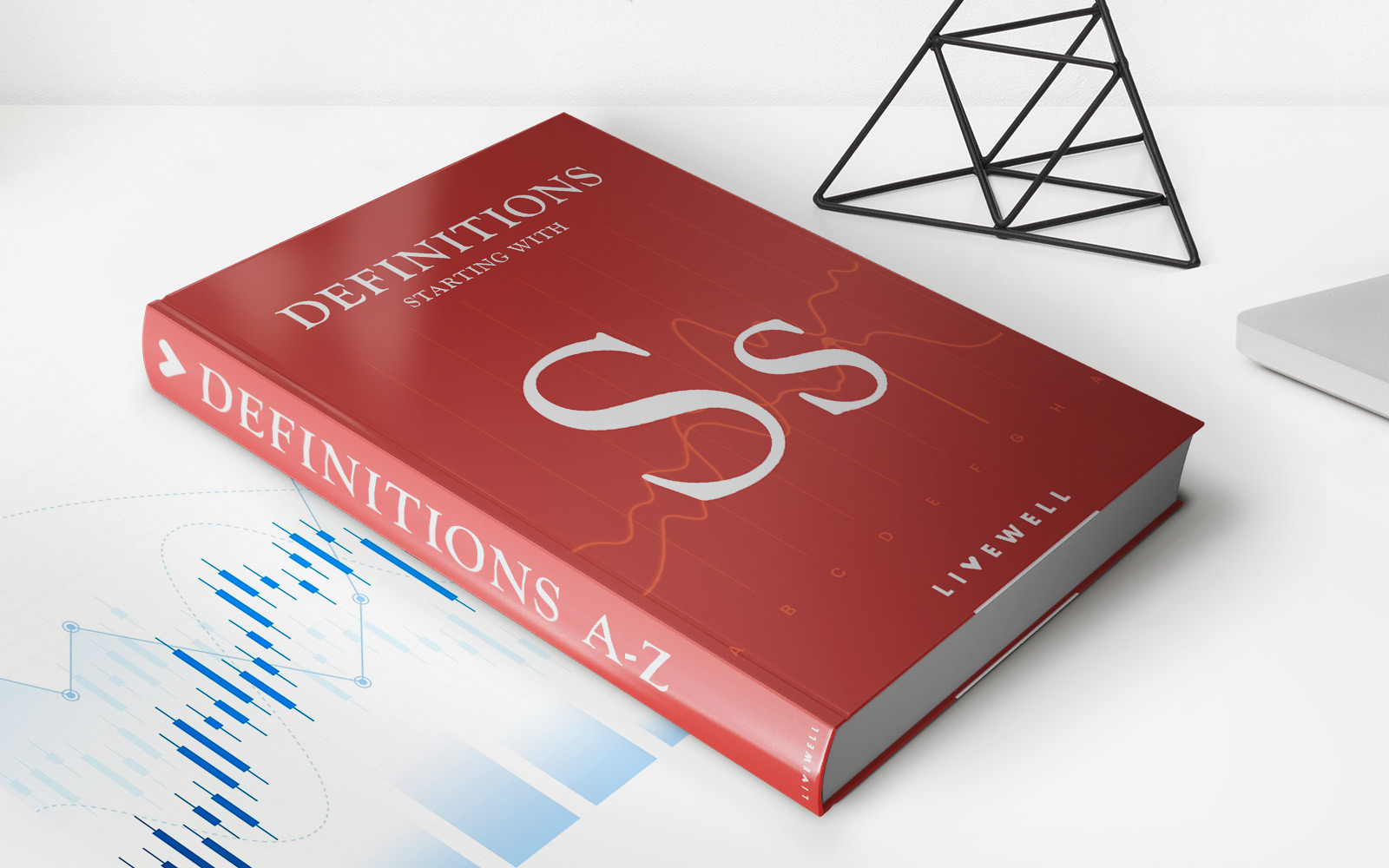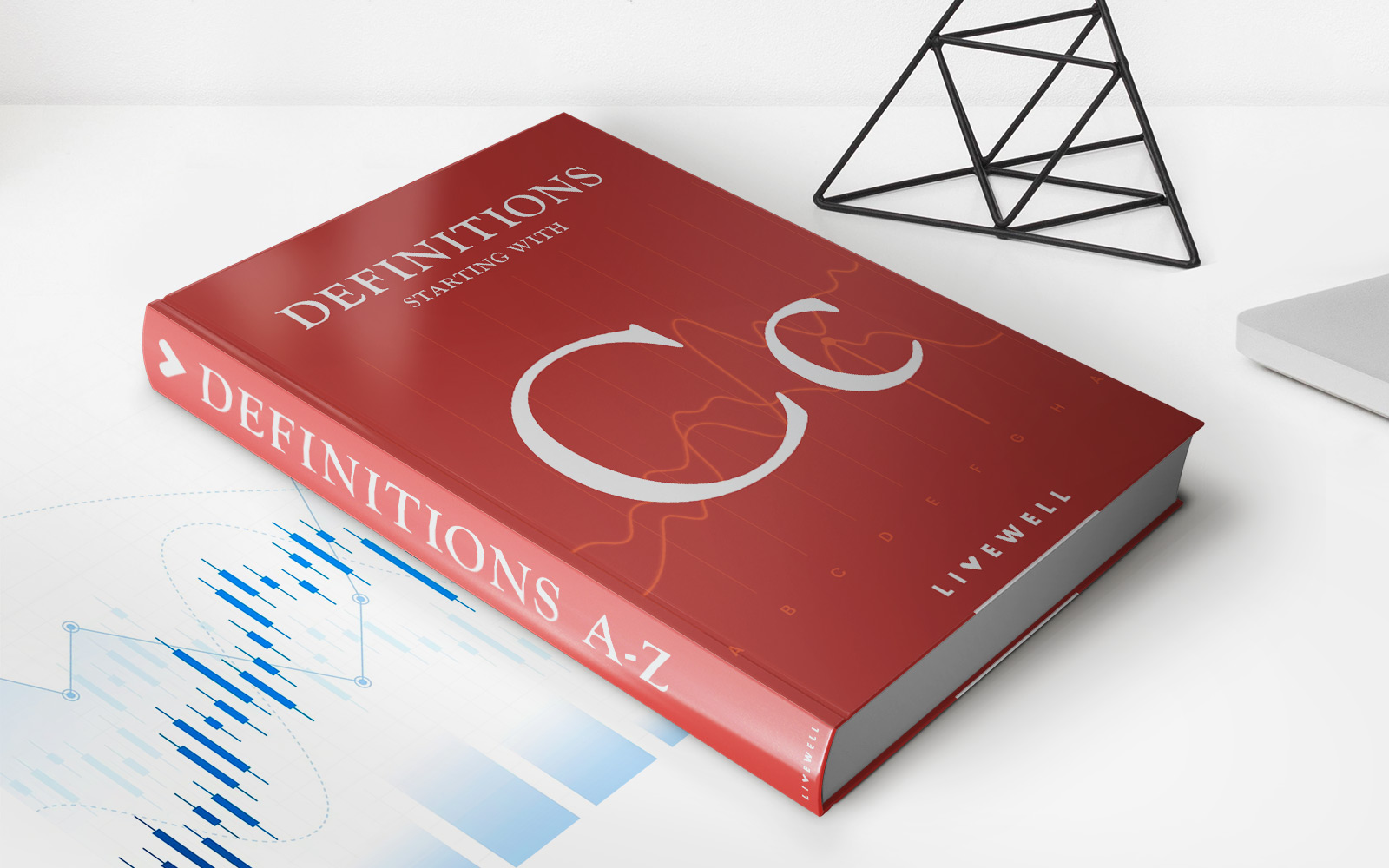Home>Finance>What Is A First Mortgage? Definition, Requirements, And Example


Finance
What Is A First Mortgage? Definition, Requirements, And Example
Published: November 24, 2023
Learn about first mortgages in finance. Discover the definition, requirements, and an example. Gain valuable knowledge to navigate the world of home financing.
(Many of the links in this article redirect to a specific reviewed product. Your purchase of these products through affiliate links helps to generate commission for LiveWell, at no extra cost. Learn more)
What Is a First Mortgage? Definition, Requirements, and Example
When it comes to financing a home, there are several options available to homeowners and buyers. One of the most common and popular choices is a first mortgage. But what exactly is a first mortgage, and how does it work? In this blog post, we will dive into the definition, requirements, and example of a first mortgage, helping you understand how this type of loan can be a valuable tool in your financial journey.
Key Takeaways:
- A first mortgage is a loan that is secured by a specific property and takes priority over any other mortgages or liens on the property.
- First mortgages are typically used to finance the purchase of a home, with the home itself serving as collateral for the loan.
Definition of a First Mortgage
A first mortgage, also known as a primary mortgage or senior lien, is a loan that allows individuals to borrow money to purchase a property. This type of mortgage is called “first” because it takes priority over any other claims or liens on the property. In simple terms, if the borrower defaults on the loan, the first mortgage holder has the right to foreclose on the property and recover their investment before any other parties.
In most cases, first mortgages are used to finance the purchase of a home. The lender provides the borrower with the funds needed to buy the property, and in return, the borrower pledges the home as collateral for the loan. This means that if the borrower fails to make timely mortgage payments, the lender has the legal right to seize and sell the property to recoup the outstanding loan balance.
Requirements for a First Mortgage
Obtaining a first mortgage requires meeting certain requirements set by lenders. While these requirements may vary from lender to lender, here are some common criteria you can expect:
- Good Credit Score: Lenders typically look for borrowers with a good credit score, as it indicates a history of responsible financial behavior.
- Stable Income: Lenders want to ensure that borrowers have a reliable source of income to make their monthly mortgage payments consistently.
- Down Payment: Most lenders require borrowers to make a down payment towards the purchase price of the property, typically ranging from 3% to 20% of the home’s value.
- Debt-to-Income Ratio: Lenders assess the borrower’s debt-to-income ratio to determine their ability to handle additional debt. This ratio compares the borrower’s monthly debt payments to their gross monthly income.
Meeting these requirements increases your chances of securing a first mortgage and obtaining favorable terms from lenders. It’s essential to carefully review your finances, credit history, and income stability before applying for a first mortgage to ensure you meet the necessary criteria.
Example of a First Mortgage
Let’s consider an example of how a first mortgage works in practice:
John is a first-time homebuyer who has found his dream house worth $300,000. After shopping around, John applies for a first mortgage with a lender and meets all the requirements, including a good credit score, stable income, and a 10% down payment. The lender agrees to provide John with a first mortgage of $270,000, which is 90% of the home’s value.
With the first mortgage in place, John now has the funds necessary to purchase the property. He makes a monthly mortgage payment, which includes both principal and interest, over a fixed term, typically 15 or 30 years. By consistently making his payments, John builds equity in the home and gradually pays off the loan balance. Once the mortgage is fully paid, John owns the property outright.
In the event that John defaults on his mortgage payments, the lender has the first claim on the property. They can initiate foreclosure proceedings, seize the home, and sell it to recover the remaining loan balance. If there are any funds left after paying off the lender, those would go toward any additional mortgages or liens on the property.
Conclusion
A first mortgage is a powerful financial tool that enables individuals to purchase a property by borrowing money from a lender. This type of loan takes priority over any other claims on the property and allows borrowers to build equity in their homes while enjoying the benefits of homeownership.
Understanding the definition, requirements, and examples of a first mortgage can help you make informed decisions when it comes to financing your home. Remember to carefully assess your financial situation, meet the necessary criteria, and compare offers from different lenders to find the right first mortgage for your needs.














